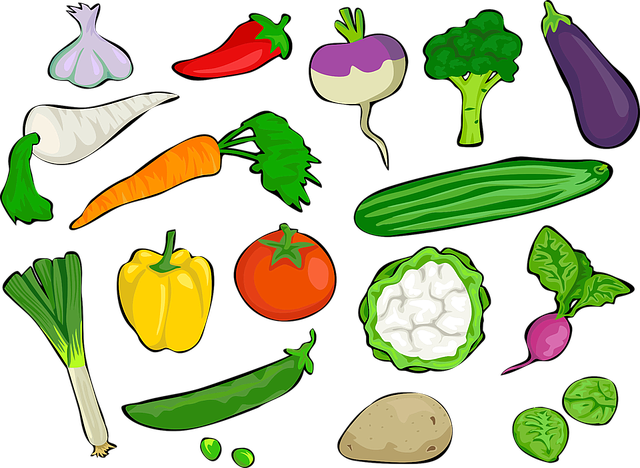Cultivating the Future: Evolution and Challenges in Modern Farming
Farming, the cornerstone of civilization, has significantly advanced. Factors such as technology, consumer preferences, and the necessity of sustainable practices improved the agriculture business. This article shows details of modern farming, its components, and its challenges.
Traditional Farming vs. Modern Agriculture
Modern and traditional farming differ. Working hard and using simple tools from ancestors is traditional farming. Simplification and improvement of the effectiveness of modern agriculture can be done through the employment of technology and machines. This improves farmers’ precision and sustainability. As a result, yield increased, environmental damage reduction, and improvement of resource use are the results. These advantages have been opposed to labor-intensive farming.

1. Mechanization
Modern farming uses mechanization to improve output. Tractors, plows, and automated machinery let farmers manage more significant regions with less labor.
2. Precision Agriculture
Precision agriculture is the result of GPS and remote sensing. Farmers may examine soil data, monitor crop health, and manage irrigation.
3. Sustainable Practices
Due to environmental concerns, organic farming, crop rotation, and integrated pest management are now common in modern farming. These strategies limit chemical use and improve soil health.
Final Thoughts
As modernization arises, modern farming continues to soar as well. It helps solve some of the people’s problems. As we learn modern agriculture, we plant the seeds for a stronger, healthier future.

